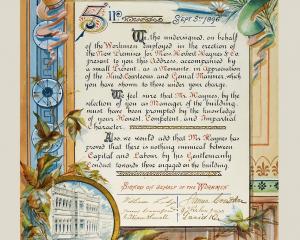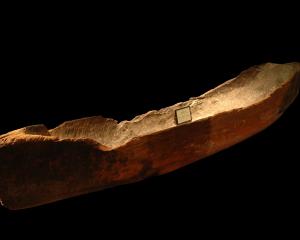

This vanguard pottery has established itself as an iconic brand, revered as a symbol of a pivotal moment in the formation of a national identity. However, they were not the only domestic pottery operating. While the scholarship might lead you to believe that they were the only commercial potters of any note, down in the south the romantically named New Zealand Insulators and its child company, Temuka Pottery, was producing work that would find its way into every cupboard and every heart from Blenheim to Bluff.
Perhaps it was a case of the south suffering from a more acute case of "cultural cringe" than our northern compatriots, or less of a tendency to beat our own chest, or perhaps the fact that Temuka never competed for the title of the "good china". Its place was on the everyday dinner table, and seemingly in the wrapping paper of every mother-in-law’s wedding gift.
Like most New Zealand potteries, Temuka began its life as a producer of utilitarian works, bricks, flagons, and the like. It slowly expanded its production to include electrical insulators, and eventually electric kettles under the NEECO brand. These kettles were treated as domestic appliances, the variety of the complex glazes and forms never regarded as anything other than "pretty". The same would occur with every generation of Temuka’s designs. Relegated to functionality, "ceramic art" was a not a term used to describe these humble works.
This dismissive attitude persists to this day, and there has always been a tension there. It was certainly never an intended outcome, otherwise it would have been a strange choice to employ award winning potter and OBE recipient Jack Laird to design the Riverstone, Cobblestone, and Alpine Mist ranges.
Yet perhaps it was the humility of the pottery that allowed its longevity. While Crown Lynn went under in 1989, victim to the vagaries of public taste, Temuka trucked on.
It continued on so long that there are generations of nostalgia. Some remember fondly the scallop vases of the 1950s, another generation the sepia tones of Jack Laird’s work, and finally the hand decorations of Royce McGlashen’s designs.
And yet, they decorate the shelves of op-shops across the motu, unremarked upon, and underappreciated. Perhaps it is time we revisited the dusty corners of our cupboards, held the platters up to the light, and remarked on the beauty of these iconic works of Kiwiana.
Henry Buckenham is curator at Te Whare Taoka o Waitaki, the Waitaki Museum and Archive.












